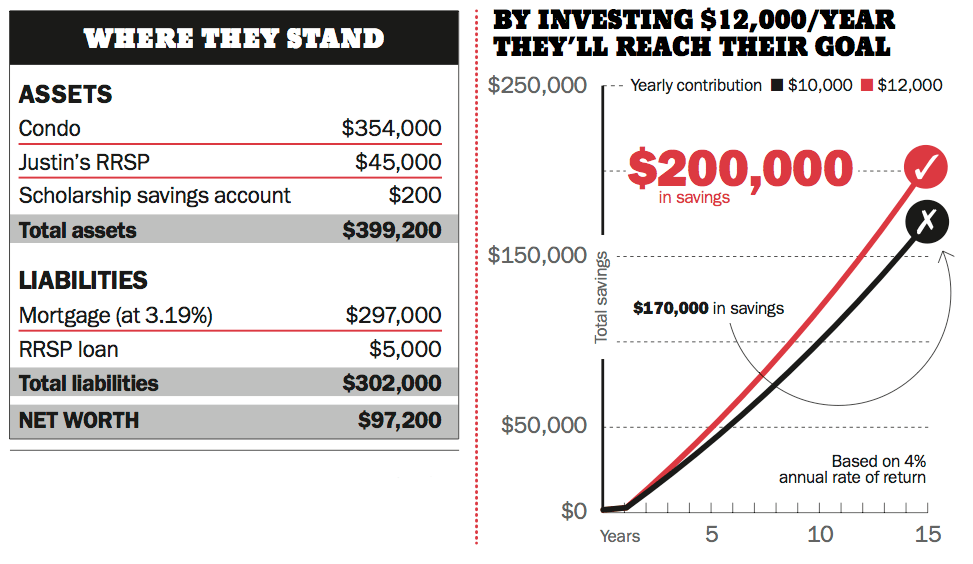How to establish a scholarship fund
Can this couple make their dream of creating a $200,000 endowment fund a reality?
Advertisement
Can this couple make their dream of creating a $200,000 endowment fund a reality?


Share this article Share on Facebook Share on Twitter Share on Linkedin Share on Reddit Share on Email